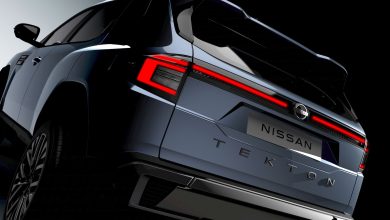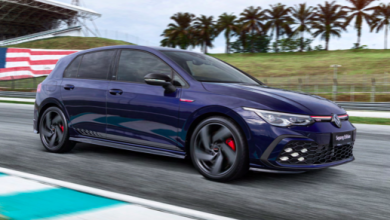Audi RS6 2020 model unveiled with 800Nm

The Audi RS6 carries with it a 25 year history and now comes a brand new RS6 for 2020 that delivers an impressive 441 kW and 800 Nm of torque.
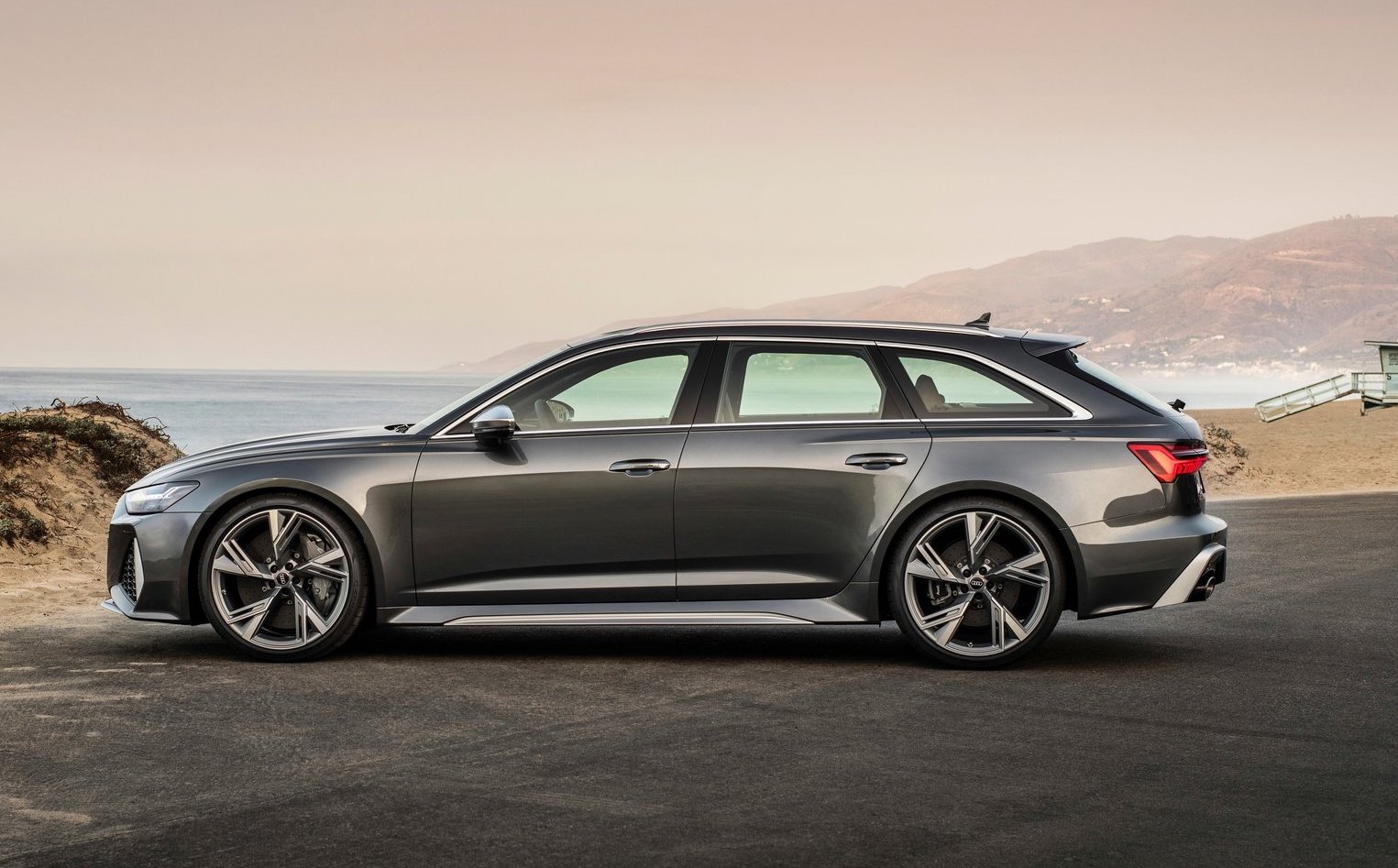
PRESS RELEASE: This new RS 6 Avant combines impressive performance with top-of-the-line equipment. It offers the everyday practicability that is typical for the Avant and positions itself clearly at the top of the A6 family with its distinct RS design. The new Audi RS 6 Avant will go on sale in dealerships in Germany and other European countries at the end of 2019. The basic price will be EUR 117,500.
“Throughout our 25-year RS history, the Audi RS 6 Avant has been one of our absolute icons that has a large global fan base,” says Oliver Hoffmann, Managing Director of Audi Sport GmbH. “We will also be offering the RS 6 Avant in North America for the very first time. In doing so, we will be tapping into a new market with huge potential and generating further global growth.”

Consistently distinct: the exterior design
The new Audi RS 6 Avant is no wolf in sheep’s clothing – it shows off its distinct design with great confidence. Aside from the front doors, the roof and the luggage compartment cover, all body panels are RS-specific. The wheel arches, which are flared by around 40 millimeters on each side, and wheels with a diameter of up to 22 inches emphasize the sporty character of the high-performance Avant, which measures roughly five meters in length. The new hood with powerdome, the striking lateral air inlets with vertical wings, and the wide flat Singleframe leave no doubt as to the unconditional drive of the RS icon. RS-specific HD Matrix LED headlights with Audi laser light and darkened bezels are available as an alternative to the standard LED headlights.

Supreme power package: the twin-turbo V8
The 4.0 TFSI in the new Audi RS 6 Avant delivers a greater output combined with an increased level of efficiency. The V8 power unit delivers 441 kW and provides 800 Nm of torque consistently within an incredibly wide engine speed range from 2,050 to 4,500 rpm. It takes just 3.6 seconds to accelerate from zero to 100 km/h. And in a mere 12 seconds, the high-performance Avant reaches 200 km/h. The top speed is electronically limited to 250 km/h; this can be increased to 280 km/h with the optional dynamic package and even to 305 km/h with the dynamic plus package.

It features efficiency elements in the form of the mild-hybrid system (MHEV) with a 48-volt main electrical system and the cylinder on demand (COD) system that switches off four cylinders in operating situations that demand less output. Power is transmitted to the quattro permanent all-wheel drive via the standard eight-speed tiptronic with faster gear changing. The wheel-selective torque control and the optional quattro sport differential optimize traction, stability and dynamics.
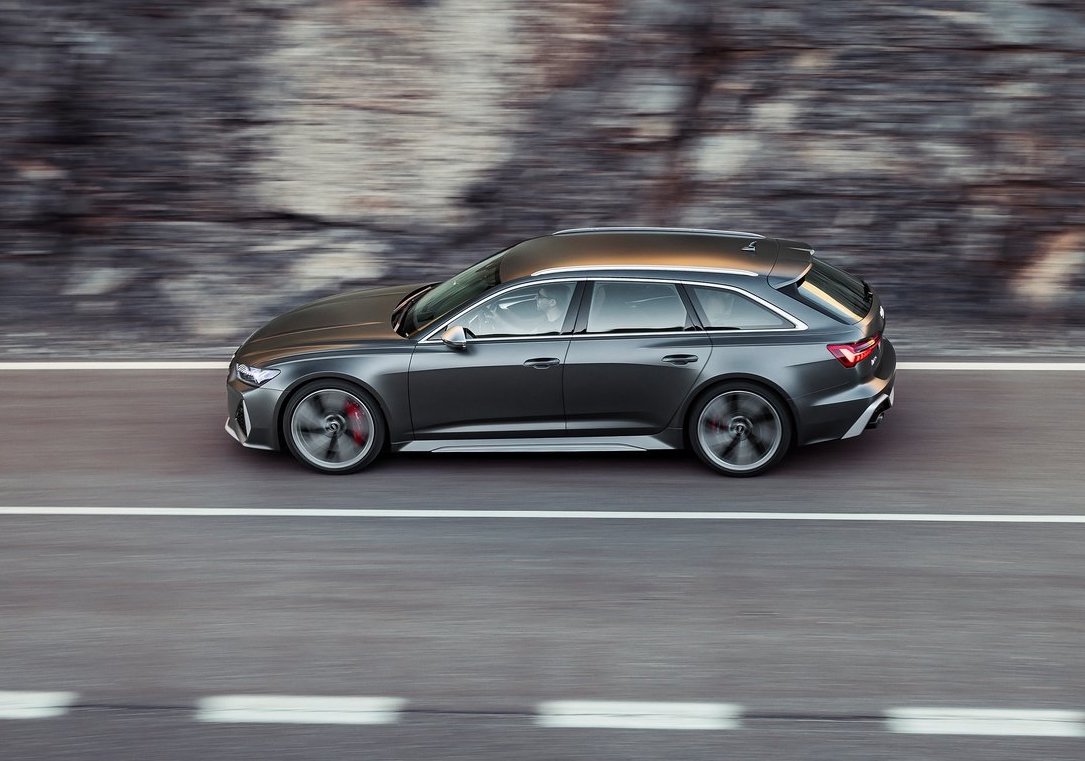
Direct contact with the road: the suspension
The standard RS adaptive air suspension with controlled damping is tuned specifically for the RS and allows a top speed of 305 km/h for the first time in conjunction with the dynamic package plus. The RS sport suspension plus with Dynamic Ride Control (DRC) is an option that provides even greater dynamism. It works with steel springs and three-way adjustable dampers that counteract the movements of the vehicle body with no delay, without the use of electronics. In the normal position in “auto,” “comfort” and “efficiency” modes, the body of the new RS 6 Avant sits 20 millimeters lower than an Audi A6 Avant with standard suspension. At speeds of 120 km/h and above, the air suspension lowers the RS 6 by another ten millimeters in the three modes specified above. In “dynamic” mode, the body remains at this low ride height permanently for both suspension types. On poor road surfaces, the RS adaptive air suspension offers a “lift” that can raise the RS 6 Avant 20 millimeters above its normal position at low speeds.

The new RS 6 Avant is fitted as standard with progressive steering with a sporty and direct ratio whose newly developed power assistance reports back a direct connection between the driver and the road. The high-performance Avant can be equipped with dynamic all-wheel steering as an option. It combines the dynamic steering at the front axle with the additional rear-axle steering. The combination of dynamic steering and rear-axle steering changes the overall steering ratio within a range of 9.5 to 17.0 – from very direct at low speeds to extremely stable at high speeds. The new RS 6 Avant comes with 21-inch wheels as standard, and Audi can also install 22-inch wheels as an alternative. The newly developed RS ceramic brake system with discs measuring 440 millimeters at the front and 370 millimeters at the rear is a further option. The RS ceramic brake system weighs 34 kilograms less than its steel counterpart and thereby reduces the unsprung masses.
The character of the RS 6 Avant can be modified at any time via the Audi drive select dynamic handling system. The new customizable RS-specific RS1 and RS2 modes, which can be enabled directly via the RS MODE button on the steering wheel, are available in addition to the familiar profiles comfort, auto, dynamic and efficiency. Once these have been set to suit the driver’s personal preferences and stored, they can be enabled directly via the RS MODE button on the steering wheel without having to operate the MMI touch response again.
Sporty and progressive: the interior
The interior design of the new RS 6 Avant is forward-looking and markedly driver-oriented. The user interface of the fully digital operating system MMI touch response is easy to read and harmonizes with the sleek black panel design. The two displays with haptic and acoustic feedback are positioned one above the other and can be operated via touch and swiping movements. Special RS displays in the Audi virtual cockpit provide additional trip and vehicle data. The shift light display prompts the driver to upshift when the rev limit is reached. The optional head-up display also displays some RS-specific information, for example the shift light display.
RS sport seats with a rhombus pattern and RS embossing in Alcantara/leather combination are fitted as standard. Alternatively, the seat upholstery is available in perforated Valcona leather with honeycomb pattern and RS embossing. The RS design packages in red and gray add some color and a greater level of sportiness to the interior. For example, the steering wheel rim, gear lever gaiter and knee pads are designed in Alcantara with contrasting stitching. Belt straps with color edging and RS floor mats round out the package. Inlays in gray-brown wood natural or matt aluminum add further customization options.
An advantage in terms of its great everyday usability is that the new RS 6 Avant is even roomier inside. The luggage compartment has a capacity of between 565 and 1,680 liters, the loading width between the wheel arches is now 1.05 meters, 14 millimeters larger than the previous model. By folding down the split-folding rear bench seat in the ratio 40:20:40, the length of the luggage compartment increases to roughly two meters. The luggage compartment lid and the luggage compartment cover are electrically operated as standard. Sensor control via foot gesture and an electrically unlocked, swiveling trailer towing hitch are available in addition upon request.

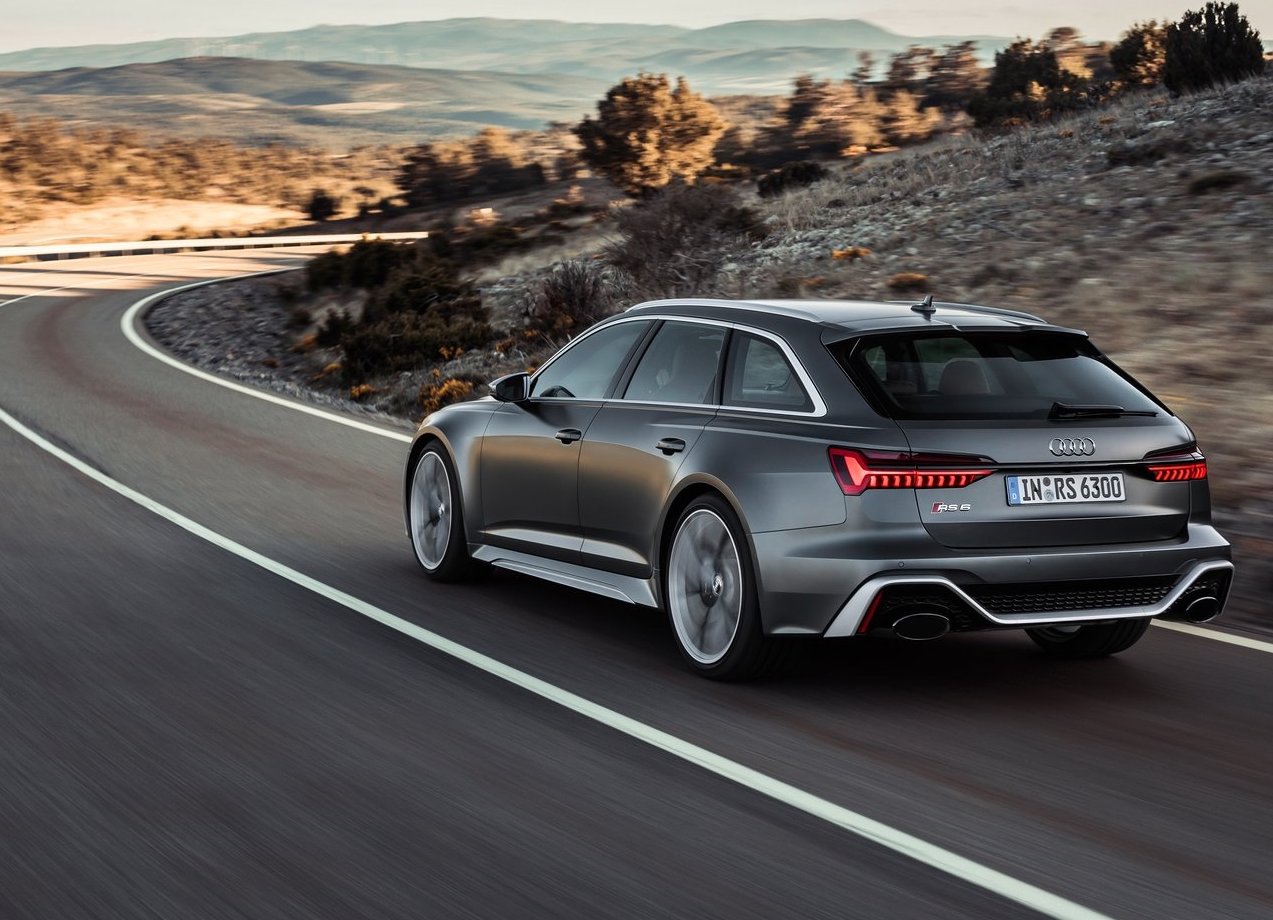
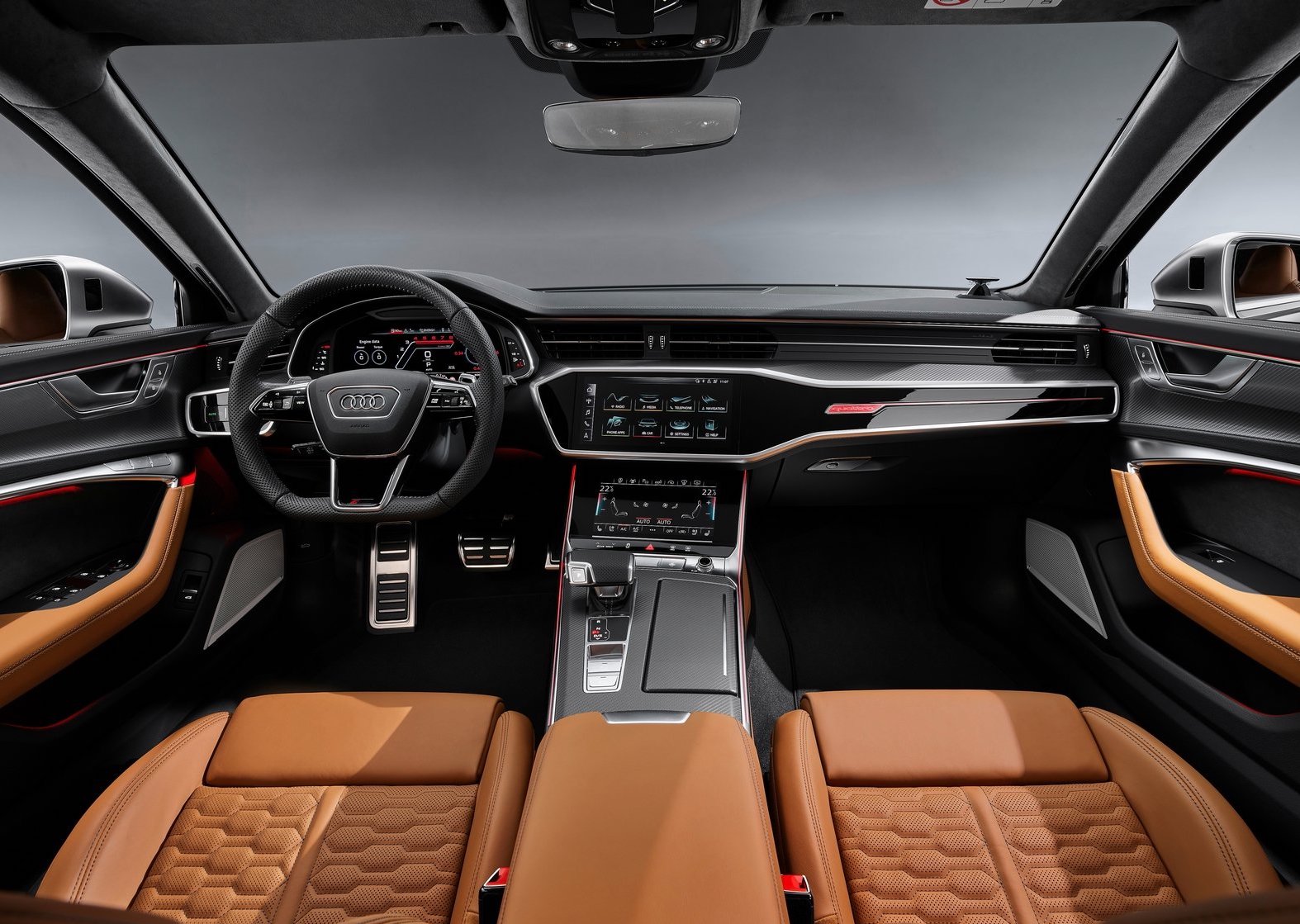
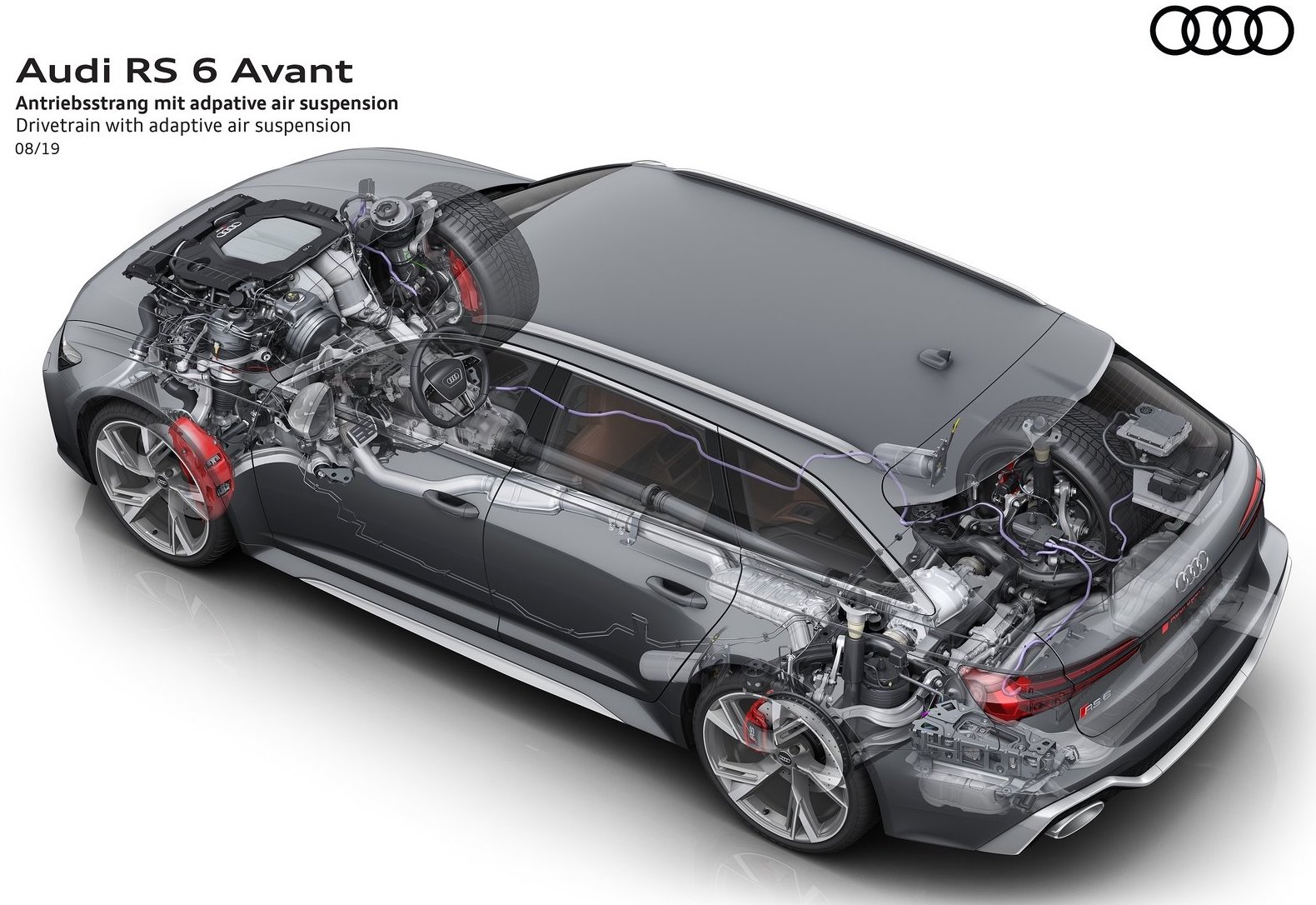
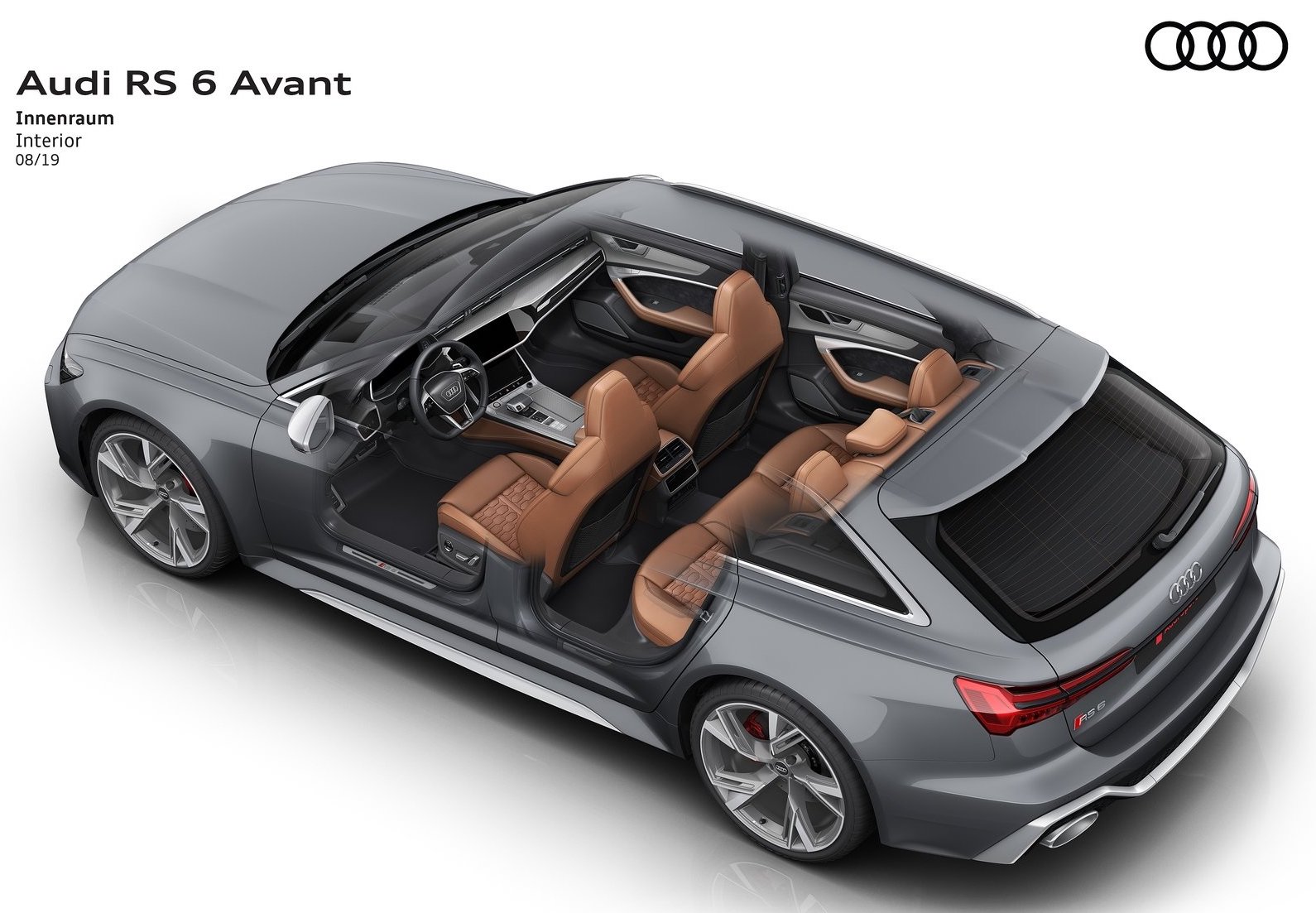
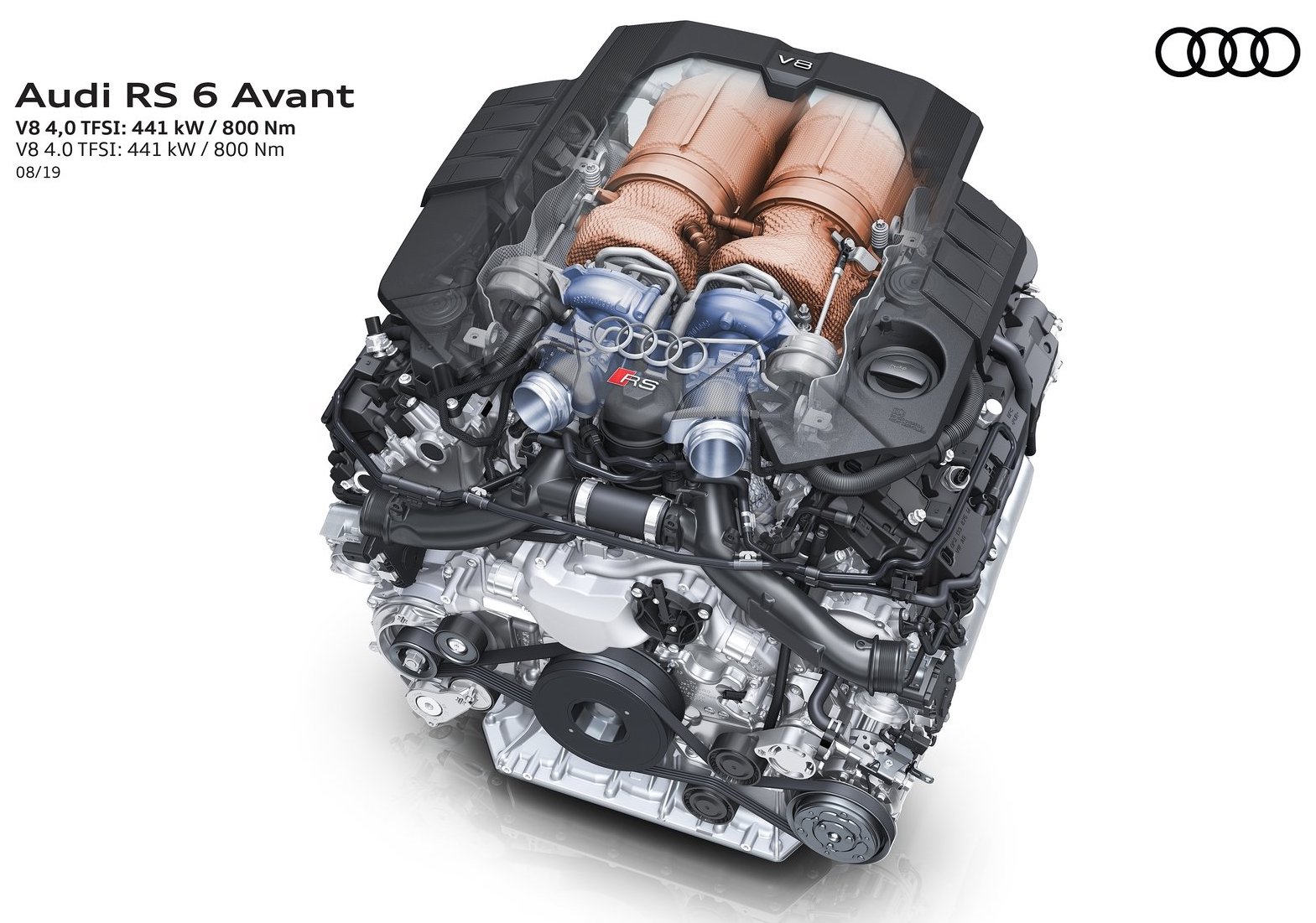
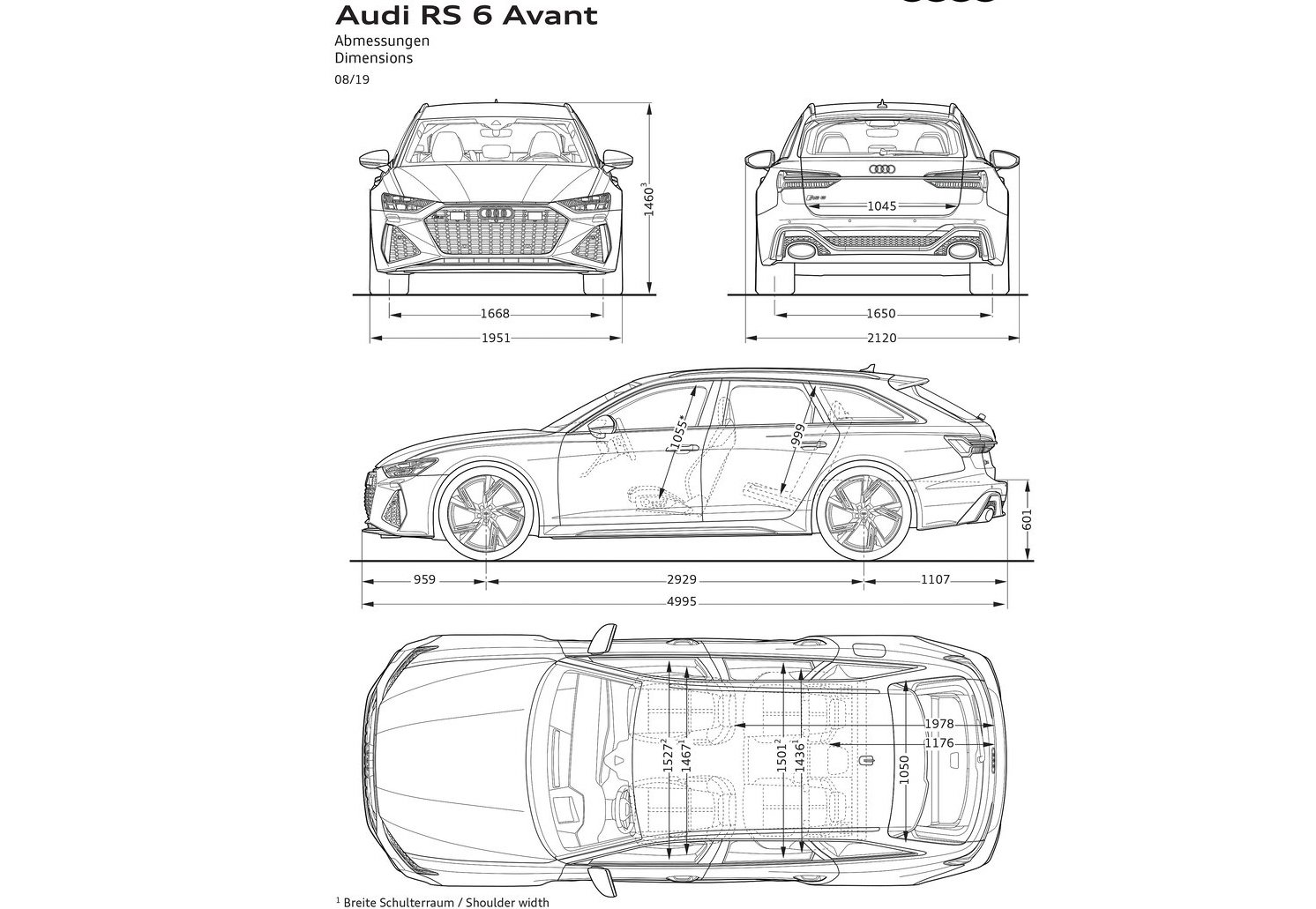
Convenient, efficient and safe: the driver assist systems
Audi has combined some of the 30 plus driver assist systems in the new RS 6 Avant in the “city” and “tour” packages. They make driving even more comfortable, efficient and safe. One highlight is the adaptive cruise assist (ACA), which adds a lane-tracking function to the adaptive cruise control (ACC). This increases the level of comfort on long-distance journeys in particular. To do this, it integrates the functions of the adaptive cruise control and the Audi active lane assist. A lane assist function for bottlenecks and congestion situation are also integrated. Behind the assistance systems is the central driver assistance controller (zFAS) that constitutes the central interface for all assist systems. It continuously computes a model of the surroundings. This centralized environment model enables the assistance systems to further improve their performance compared to the predecessor model, for example, when they detect the end of a traffic jam and initiate braking.


